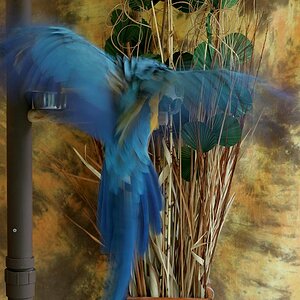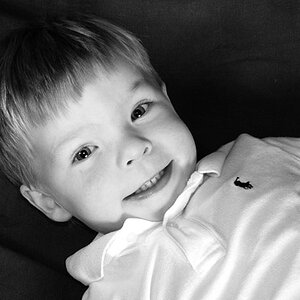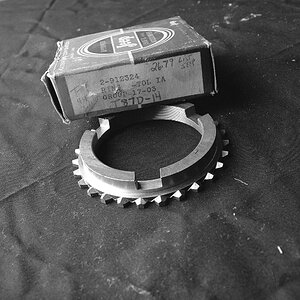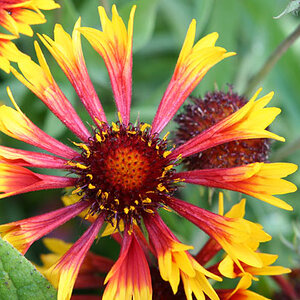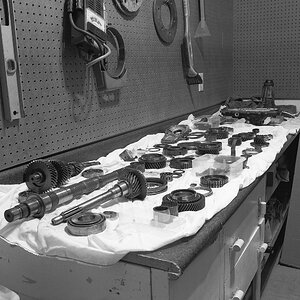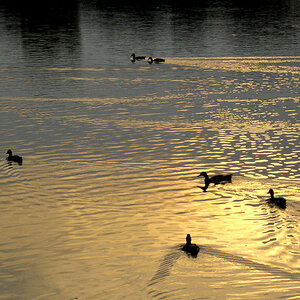Ironlegs
No longer a newbie, moving up!
- Joined
- Oct 7, 2013
- Messages
- 198
- Reaction score
- 67
- Can others edit my Photos
- Photos NOT OK to edit
Hey everyone
First of all i hope its ok to post it in this category, if not , i am sorry.
I would like to ask few questions. I am going to order some extension tubes ( 65 mm ) and gonna reverse my 50mm f/1.8 canon lens on it. I am not sure if i can handle the DoF, i really dont know what to expect so my question is if its possible to focus stack handheld when my hands are not really steady, i dont want to use tripod cause its sometimes not possible, i want to find jumping spiders . Also, is the 50mm f/1.8 reversed with extension tubes a good combination ? Will the pictures be sharp ? I calculated that i will have 2.3:1 magnification with that, is it close enough for jumping spiders or should i get more extension tubes ? I also thought about buying a 28mm lens and reversing that with extension tubes, wouldnt that be a better combination ?
. Also, is the 50mm f/1.8 reversed with extension tubes a good combination ? Will the pictures be sharp ? I calculated that i will have 2.3:1 magnification with that, is it close enough for jumping spiders or should i get more extension tubes ? I also thought about buying a 28mm lens and reversing that with extension tubes, wouldnt that be a better combination ?
First of all i hope its ok to post it in this category, if not , i am sorry.
I would like to ask few questions. I am going to order some extension tubes ( 65 mm ) and gonna reverse my 50mm f/1.8 canon lens on it. I am not sure if i can handle the DoF, i really dont know what to expect so my question is if its possible to focus stack handheld when my hands are not really steady, i dont want to use tripod cause its sometimes not possible, i want to find jumping spiders


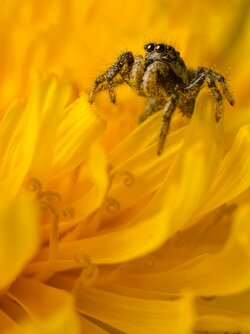
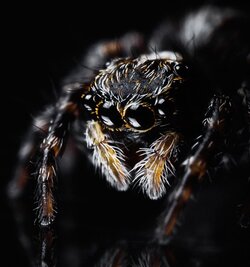
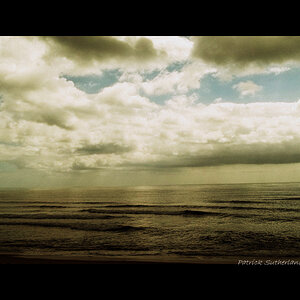

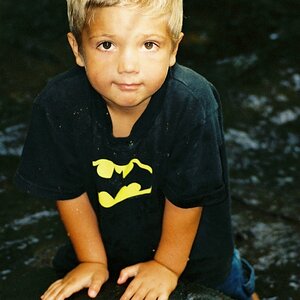
![[No title]](/data/xfmg/thumbnail/36/36133-8b29212f67c25fcf353a0c2f376b1501.jpg?1619737385)
